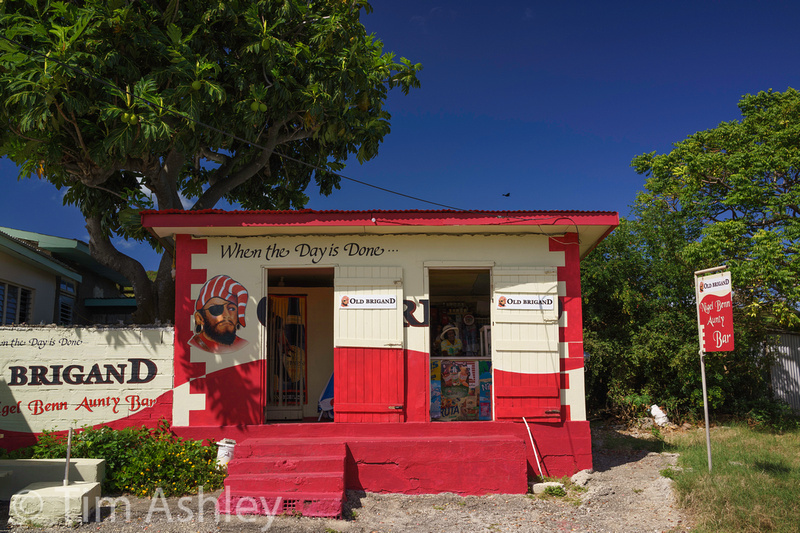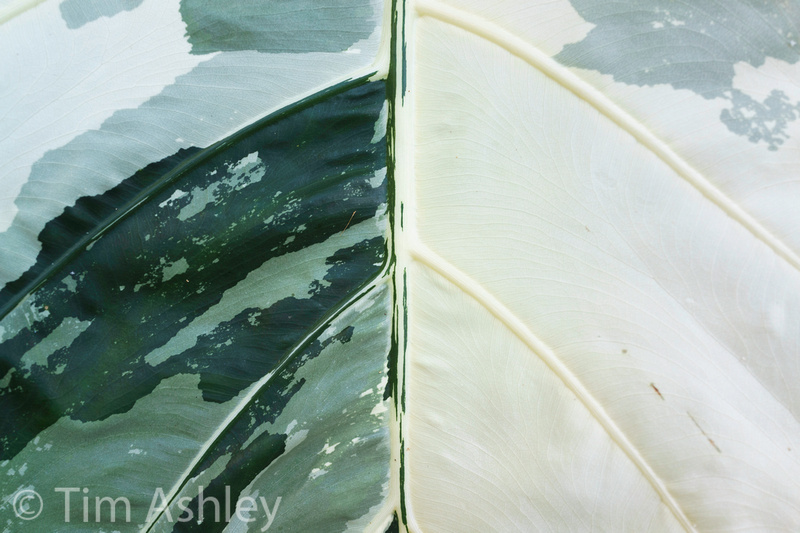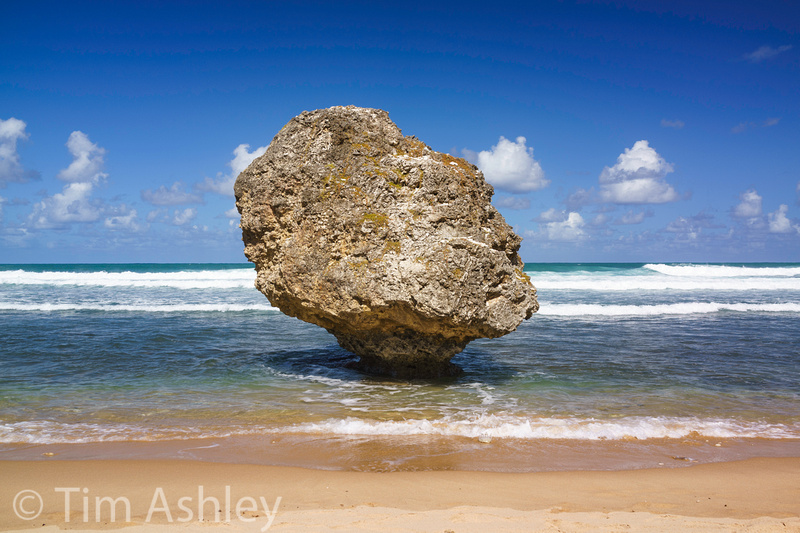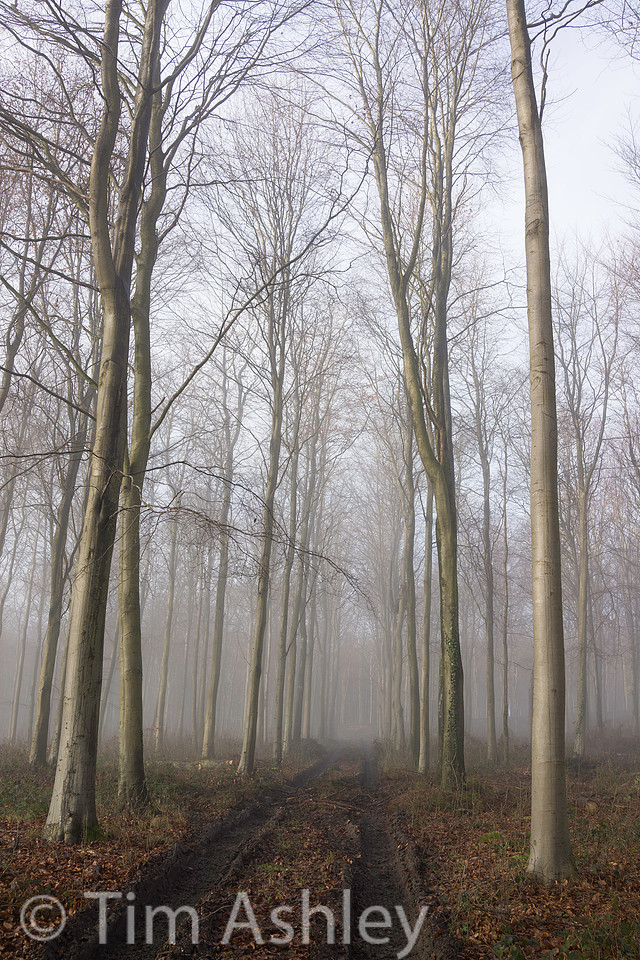Over the last few weeks and in the first three parts of this review, I have looked at (I hope) most aspects of the excellent Sony RX1 that are of interest to serious (RAW) still image makers. Now it's time to bring all these observations together in a much shorter form, as a quick read for the busy and as a quick reference guide for those who have read the whole shebang already. This exercise also helps me form my final conclusion on the camera: how good is it, really? And is it worth the money?
Before I start, here are links to parts 1,2 & 3 with a brief description of what is covered in each: today's post, as a summary, will carry many assertions which are explored and demonstrated in much more detail in those previous posts and I hope they will continue to provide 'deep reference' for the curious.
Part One: File quality; ergonomics; processing options; comparison to peer group cameras; ISO series; Bokeh series; colour fringing; lens distortion; focus shift; flare.
Part Two: Colour shifts; Camera colour calibration; near, far and close Aperture Series; Lens conclusion; Focus behaviour & performance; Exposure and ETTR behaviour.
Part Three: The EVF.
Right. Lazy readers start here:
The Camera and its files
- File quality is very nearly the best I have ever seen and for most uses up to 30" prints I would rather have an RX1 file than a D800 file (due to lens issues with the D800 system) or IQ180 file. Files have top-flight dynamic range, great high ISO performance, files are very flexible for later processing.
- Without the EVF the camera handles like a glorified P&S and the Auto ISO system selects a minimum shutter speed of 1/80th, which is often not fast enough to prevent blur when held at arms' length. With no EVF, this camera only gives consistently great results when shot like a field camera: on a tripod, with slow and careful technique and manual focus.
- Aperture ring on lens is satisfyingly retro but pointless when shooting without EVF: when shooting thus, I revert to P mode and get the aperture I want by using the control dial.
- Fit, feel and finish are otherwise great BUT Sony should provide an external charger at this price.
- Price of 'official' Sony lens hood and thumb grip is egregiously high, and low initial availability very frustrating. Screw-in knock-off $6 hood from eBay is great and allows filters and cap to be used.
- Exposure system is good but files can most often handle up to a +2 stop over-exposure for ETTR fans - however this can increase noise in the sky, and can lead to cyan shift in blue skies.
- AF is somewhat 'hit & miss': the camera too often 'sees behind' the chosen subject, even when the subject more than completely fills the box-shaped focus area indicator.
- Tracking focus is not very useful. If you want to shoot moving kids'n'pets, this is the wrong camera.
- Auto WB is pretty good but careful shooters will use a WB card for critical use
- Silent shooting is incredibly discreet and quiet
- The camera takes too long to start up and it feels and sounds like a P&S as it does so.
- The camera, in general, does not apply options selected in-camera (such as distortion correction) to RAW files but it DOES apply Lens Shading compensation, if selected in the menu, to the RAW files. This is counterintuitive, inconsistent, AFAIK undocumented, and annoying
 _DSC0320
_DSC0320
The Lens
- The lens is amazing. Low distortion, low aberrations, very little field curvature, low-to-no focus shift, fabulous micro contrast, lovely bokeh. It is worth two thirds the cost or more of the entire setup on its own.
- The lens is very sharp already at F2 but reaches a peak at F4. Remarkably it stays very good indeed through F8, even F11 is really good, and by F16 you are back to approximately the same quality as F2. F22 is for emergencies only.
- The lens is sharp edge to edge and corner to corner and this is true at near, mid and far distances.
- The lens has some, slight & occasional mid-field weakness peaking at F4. This is a bit of a mystery but I suspect either a mild astigmatism or a 'triple witching' of a combination of very slight focus shift, very slight field curvature and particular subject distance.
- Flare behaviour is very good but not perfect.
- Colour fringing can be provoked, is not serious, and is best dealt with in Lightroom.
- The combination of lens with body and sensor takes advantage of a non-retrofocal design as a result of there being no mirror, meaning the lens can be small and light BUT it risks some colour shifts, being a red-cyan shift across the frame, and in practice these are seen but can largely be dealt with either in camera or in post processing. See 'tips' section later.
 _DSC0383
_DSC0383
The EVF
- The EVF is bright, sharp and clear with only minimal smear and lag. It feels good and it works really well.
- The EVF allows shooting speeds up to two stops faster than rear-monitor shooting, because of the stabilising effect of bracing the entire system against the face
- Using the EVF allows the RX1 to really come into its own and to realise its full potential as a very serious camera indeed
- The ability to angle the finder instantly makes the camera more flexible in terms of point of view, and some users might feel that it makes the camera more discreet.
- Using the EVF in combination with zoomed view Manual Focus and Peaking gives almost perfect control over placement of DOF and this is incredibly useful.
- The lack of ability to 'lock' the EVF to the body is daft. Some people are already using gaffer tape to keep it secure.
- The Diopter adjustment slider is too easily moved accidentally.
- The hinge for angling the EVF is too easily set 'off true' by a jog from a spectacle frame. It should be lockable or stiffer.
- The two included eyecups both obstruct full-frame view for spectacle wearers and shooting with neither exposes spectacle lenses to a hard surface that could easily cause scratches.
- Optimal use of the finder would require a way of achieving 'double magnified' focus zoom less clumsily than the current implementation.
- Optimal use of the finder would require the ability to assign a 'peaking on-off toggle' function to one of the controls. This can't be done.
- Auto switching between the LCD and the EVF is a tad too slow and, taken in conjunction with the slow startup time of the camera, enhances the 'P&S' side of the camera's character.
- I think that using the EVF drains the battery slightly faster, especially if using the LCD too, but I haven't proved this.
 _DSC0264
_DSC0264
Tips
- When shooting using the rear LCD, Aperture Priority users will find the lens-collar based means of changing aperture rather un-ergonomic. Instead, shoot in P mode and use the top-rear control wheel to shift to the aperture you want.
- When shooting using the EVF I find it useful to set the EVF's info overlay to No Display Info and to use the LCD with the confusingly named "For Viewfinder' info screen, which has no image preview but does show ALL shooting information, along with a longer based histogram which is much more accurate that the normal histogram. These options are selected in Menu>Cog>2, where you will find the two relevant settings, called 'DISP Button (Monitor)' and 'DISP Button (Finder)'
- Understanding the way the camera adjusts aperture when focussing is vital to understanding whether you are getting an accurate DOF preview. The camera always focusses (and therefore previews) at the selected aperture for all apertures from F2 thru F8 BUT from F9 thru F22, it will open up to F8 for AF. So from F9-22, if you look at the preview while the camera is performing AF, you will get an inaccurate representation of DOF.
- Lightroom gives the best results for RAW shooters at lower ISOs but Capture One has more a more 'bespoke' approach to higher ISO files, giving different sharpening and NR combinations at each ISO with no user effort.
- Capture One has no lens correction profile for the camera but applying a 26% value in the Lens Distortion tab will do a good job.
- Lightroom's Camera Calibration Profiles are all interesting and the one that gives the best result will depend on personal preference and on the specifics of the actual image but in my experimentation, Camera Standard is the best place to start and, under normal shooting conditions, there is no advantage to be gained from making a 'home-brew' profile using products such as X-Rite Color Passport.
- When lifting shadows in underexposed areas in post processing, it is often a characteristic of Exmor sensors that natural greens (especially grass) can go a bit bright and sickly. My recipe for dealing with this in Lightroom is to dial in some minus compensation for Yellow Saturation & Luminance and to add a light touch of positive compensation for Green Saturation but not Luminance.
- To deal with Lens Shading (colour shifts across the frame) quickly and easily but sub optimally, set option for it under Cog>4 to Auto (even for RAW files) but if you want to deal with it optimally, set that option to OFF and shoot a lens Calibration library then apply it in post processing using Conerfix, as described in Part Two of this series of reviews.
 _DSC0342
_DSC0342
The Final Word
When you buy the RX1, you buy both a camera and a lens. Obvious, but worth thinking about. On the one hand, the two have been built to match each other so well that together, they offer an absolutely peerless combination of light weight, small size, IQ and lens performance. I want to dwell on this for a moment: DXO Mark have just published a review of the Nikkor 28mm F1.8G lens and they state quite categorically that for Nikon Full Frame (and this means for the D800/E, currently the best camera there is overall), this is the best wide angle lens you can buy, optically. I own the lens (and a D800E) and I can honestly say, with no hint of an optical bench to tie me down, that the RX1 lens is better. It has very little if any field distortion, and that, combined with its other qualities, means that sharp-across-the-frame shots, very hard to get from a D800 with nearly any wide angled lens, fall out of the RX1 with no effort whatsoever. It is an absolute jackpot of IQ.
In fact I also own the fabled current generation Leica 35mm F1.4 Summilux and whilst that lens may have slightly more 'beautiful' (in the eye of this beholder) rendering, it is IMHO technically not as good as the Zeiss on the RX1 because it has quite strong field curvature and that means that it can be tricky to use, like the above-mentioned Nikkor.
Now let us consider today's release of the DXO Mark score for the RX1 sensor: it scores fourth best of every camera they have ever tested, and that includes treating the D800 and D800E as different cameras. In other words, it is third best, a mere one point behind the D600 (both cameras share slightly different implementations of the same sensor).
BUT - and this is a 'big but' - users of the D800 and D600 are, as described above, very hard-pushed to find a wide angled lens that performs to the abilities of the sensor. In other words, if you are primarily interested in the 35mm focal length, there may be no way, at any cost or size, of getting better full frame results than you will from the RX1. Sure, it has some (pretty limited IMHO) ergonomic 'issues' - at least some of which can be fixed with a firmware update. But so do all cameras.
Now I am not surprised to see these two new DXO results: for the past few weeks, I have been using the RX1 a lot not because it is small, light, new or because I am reviewing it, but because it is the best tool for certain jobs, bar none.
The downside of all this is that the lens is fixed to the camera. You have no choice of other focal lengths without carrying another camera and that on its own is reason enough for many shooters to never go near an RX1. And when the camera eventually goes obsolete or looks long in the tooth, the lens dies with it. This seems like a waste. But if this lens really is worth at least 2\3rds the cost of the RX1 (and a Leica 35mm Summilux costs a great deal more than an RX1) then a very strong argument can be made for the camera.
So it is finally, after weeks of shooting the RX1, time for me to p*ss or get off the pot.
- Is the RX1 currently the best possible way of shooting Full Frame at a 35mm focal length? Unless you need better AF, yes.
- Is its small, light form factor a big advantage in many situations? Yes.
- Is it worth the money? Undoubtedly.
But should you buy one?
Hmmm. There are a lot of different 'yous' out there, obviously, but I think the answer might be 'no'.
A D600 is cheaper and more flexible and at some point in the not-too-distant future, better lenses will come along. For example, the Sigma 35mm F1.4 that I hope to review soon might be a match for the lens on the RX1 and it is cheap. A D800 is also cheaper and more flexible and has much higher resolution and again, the Sigma could hold the key for those keen on the 35mm focal length.
In pounds Sterling:
RX1 costs £2,599
D600 + Sigma 35mm F1.4 DG HSM costs £2,250
D800 + Sigma 35mm F1.4 DG HSM costs £2,699
So my final answer, to all true, RAW shooting, video-ignoring lovers of amazing IQ, is:
if you want the best possible current combination of size, weight, quietness and IQ and are not too price-sensitive, get an RX1, if you can live with its (all forgivable) weaknesses.
If you are prepared to carry something somewhat larger, heavier and noisier but a LOT more flexible and extensible, just wait a few days until the first reviews of the new Sigma in Nikon fit arrive and if it is as good as people are saying, get one of those and a D600 or D800. if the Sigma is not as good (close ballpark) as the RX1's Zeiss lens, you might choose to wait until Zeiss announce one of their new-generation super high grade lenses in this focal length, but it won't be cheap.
I love my RX1, pretty deeply: but if the new Sigma lens is great, the RX1 is going. At heart I like my systems to be separable and if I want small and lightweight, I am willing to compromise more on IQ and go with an RX100.
 _DSC0701-1
_DSC0701-1
The lens





